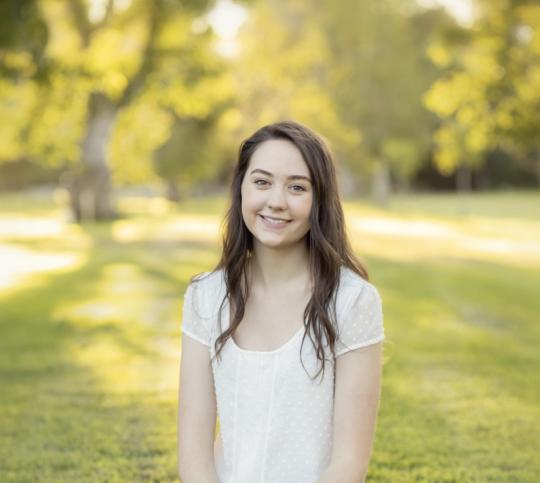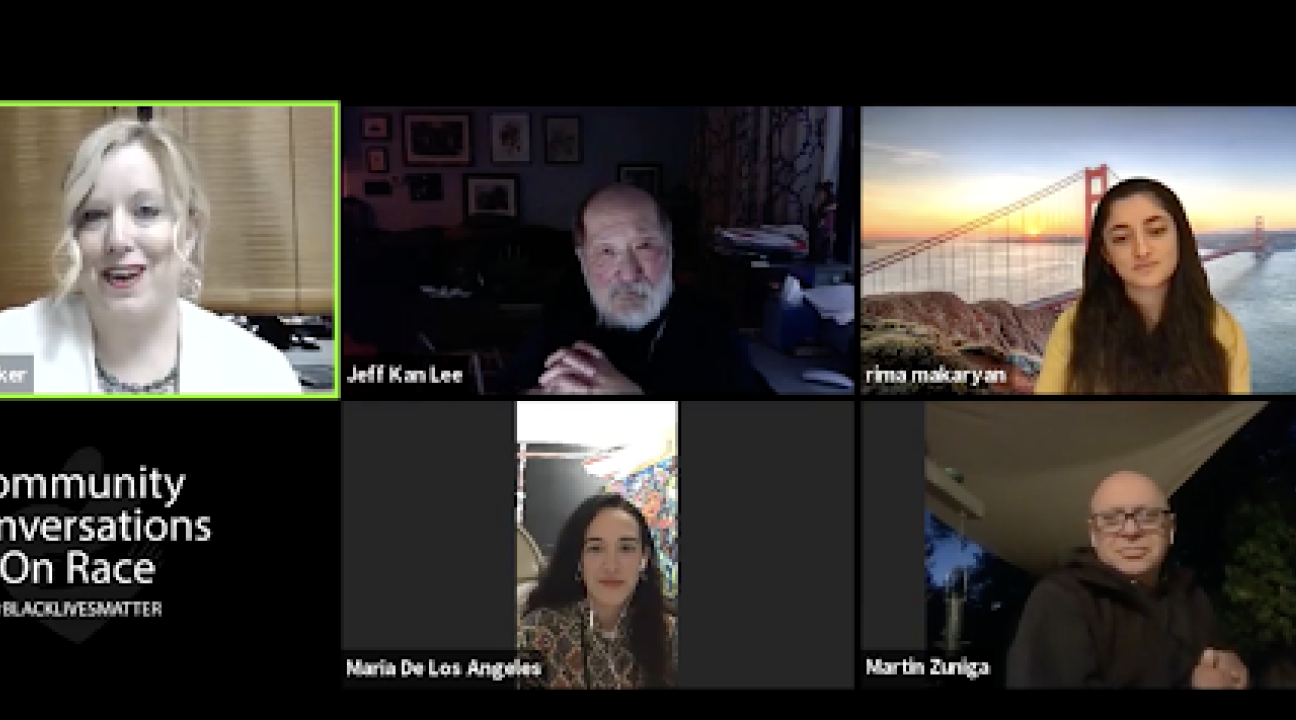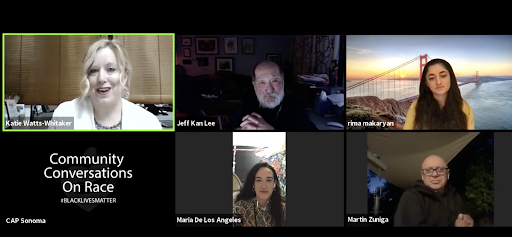Art as an Agent for Change
“At the end of the day, art is the expression of love,” said panelist Maria De Los Angeles during the Community Conversations on Race.
This event, hosted by Community Action Partnership of Sonoma County, focused on how art can make an impact on society. The panelists spoke about the role art plays in their own lives and in the community, as well as the impact art has had during this particularly challenging year. This conversation, moderated by Katie Watts-Whitaker, featured photographer Jeff Kan Lee, student artist Rima Makaryan, artist Maria De Los Angeles, and artist Martin Zuniga.
Watts-Whitaker started the conversation by asking how the panelists view art in terms of making change. Makaryan responded saying her art is about “planting the seed in people to help them believe in who they are and to believe in their identity.” She said that she wants her art to show people that “they are valid, they are beautiful and that they can make change.” Zuniga talked about wanting to use his art to empower people such as essential workers that are often underrepresented and taken for granted. “I want to speak to the people who are behind that curtain that nobody wants to look at. They deserve more,” said Zuniga.
Watts-Whitaker then asked the panelists to speak about the role of art in mental health especially during 2020. Each of the artists expressed how creating art has played an important role in their own mental health. Art has provided them with an outlet and at the same time, has benefited the community around them. “I have been getting depressed like everybody else and when I feel that I know what I need to do. I need to grab a camera and photograph something,” said Kan Lee. He said that he then posts those photos for others to see and it is clear through the comments and interactions on the post that people appreciate seeing his photos amongst the chaos of 2020. “Therapy for me is therapy for them,” said Kan Lee.
The panelists also addressed the topic of public art. Watts-Whitaker asked the speakers to talk about why they think public art is important. Makaryan explained that if community members are able to be involved in public art, then they are more likely to feel connected to the area. She felt that public art creates a welcoming environment where people feel like they belong. De Los Angeles mentioned that she has several public art projects coming up, including one for Sutter Regional Hospital. She said that “this will be my first official public art commission that I will be paid for fully.” She emphasised that she is particularly excited for this project and is looking forward to bringing joy and color to those who see it. Both Makaryan and De Los Angeles addressed the fact that public art can be challenging and is often met with obstacles. Makaryan stated that at the beginning of her public art journey she experienced “rejection after rejection” and even now that she has art on 4th Street in Santa Rosa, there are still challenges. She said that her art has been graffitied and there is a sense that some of the surrounding businesses do not appreciate her art. She emphasised that it took a significant amount of public outcry in order for the city of Santa Rosa to see the value in public art.
The panelists concluded the conversation by giving advice to anybody who aspires to pursue a future in art. “I would tell them, follow your dream. If you have a passion follow it.” said Kan Lee. Makaryan expressed that she has looked up to the other panelists and said her advice would be to “find good mentors.” Zuniga said to “Practice what you feel you want to do and practice it until people know you love it.” Lastly, De Los Angeles said “I would say try to find your purpose in life that brings you fulfillment... You have to look at what makes you unique from others and keep that.” She also emphasized that becoming an artist requires money, so she highly encourages students to research scholarships, try as best as they can to avoid student debt, and get paid to make art.
I have greatly appreciated that CAP Sonoma continues to host these conversations on a variety of topics. I always learn something new about both society at large and specifically Sonoma County. Sonoma County truly has so many amazing activists and changemakers that I would not have known about without this series. If you want to view this event or any past event you can access the recordings on CAP Sonoma’s official Facebook Page.

Author: Stephanie Farris



